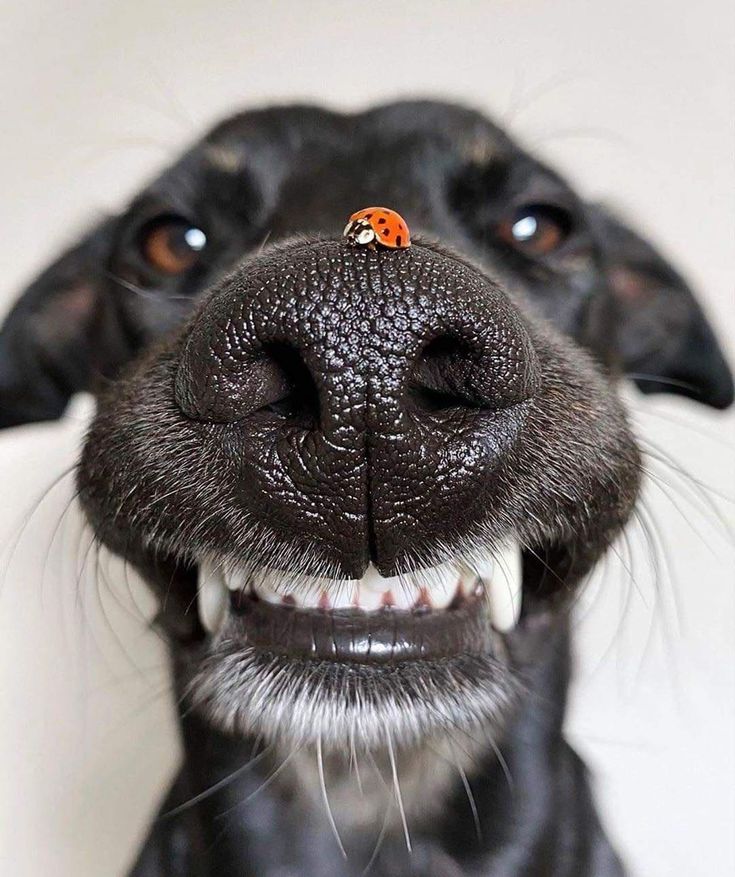The Giant Water Baby!
Imagine going for a swim and suddenly you see a huge, shaggy-haired head rapidly coming at you.
If you’re in Canada, it MIGHT be a bear, but it is more likely to be a Newfoundland coming to your rescue.
Newfoundlands or “Newfies” as they are affectionately referred to, are gigantic, fluffy balls of love, renowned for their skill in the water and their habit of rescuing people.
These gentle giants have some truly amazing ability in the water, as well as having a beautiful temperament, making them a very popular breed.
Newfoundlands originate from, you guessed it, the Dominion of Newfoundland, which is an island that was originally part of North America before it became part of the Province of Canada in 1949.
Newfies are believed to be related to other water-loving dogs such as the Irish Water Spaniel, the Labrador and the Curly Coated Retriever. Explorers and fishermen in the 1880s first made note of the breed, writing about this new amazing breed of working dog with big paws, a lumbering gait and a thick shaggy coat.
Not only did they see these dogs accompanying fishing boats and loggers to work, but they were often spotted being used to haul carts and other equipment.
Water is their happy place, and some compare them to seals- big and sometimes a little ungainly on land but graceful and at home in the water.
They are naturally excellent swimmers which is unsurprising considering their history. Newfies have a thick, oily, double layered coat that protects them from the cold. Unfortunately this durable coat means it can be a mammoth task to properly groom them!
Coats come in a variety of colours, the most commonly seen being black or brown, although grey, and black and white mixed are also to be found. There are some other colour combinations that can be found however these are not considered rare or valuable.
Their size hints at their comfort in the water as they have absolutely huge lung capacity, allowing them to swim very long distances with ease.
Newfoundlands also have webbed paws, and although some other breeds also have webbed paws, it is the manner in which Newfies swim that truly sets them apart – unlike most breeds who “doggy paddle,” a Newfie will move their limbs in a down and out motion. Swimming in this manner grants them more power per stroke, conserving energy and propelling them through the water.
Despite their huge size, the breed prospered in the UK until 1914 and 1939 when their numbers were almost fatally depleted due to the war.
Newfies have a reputation for rescuing humans in water, sometimes even if rescue is not even required!
In fact, a Newfoundland rescued Napoleon Bonaparte in 1815! When Bonaparte escaped exile on the island of Elba, he was knocked overboard due to the rough weather. A fisherman’s Newfoundland spotted him in the water and leapt in, keeping him afloat until they reached safety.
In slightly more recent times, in 1995, a Newfie pup, 10 month old Boo, saved a hearing impaired man from drowning in California. The man had slipped while dredging for gold and fell into the Yuba River, a 98km stretch of water with treacherous currents.
Boo was walking with his owner and dove in, taking the drowning man by the arm and guiding him to the bank. His owner was amazed as the young dog had never received any water rescue training.
Many Newfoundlands are now actually used as water rescue and assistance dogs because of cases such as those mentioned above! They have a real natural survival instinct that extends to people.
It was their reputation for assisting humans that led Jane Franklin to gift her husband, Sir John Franklin, a Newfoundland by the name of Neptune, for his doomed Lost Expedition to the Arctic. Despite the disaster that befell the HMS Erebus and the HMS Terror and the loss of most of the crews, Neptune was considerably luckier!
Inuit accounts state that Neptune was alive, well, and stalking caribou long after the expedition was lost, with some accounts coming to light almost eight years after the Lost Expedition.
There’s that survival instinct kicking in again!
And to end on a warm and fuzzy note- renowned author J. M. Barrie, creator of Peter Pan, used his own beloved Newfoundland, Luath, as inspiration for the Darling children’s dog, Nana. Despite being depicted as a St. Bernard in the Disney film, Nana was always, in fact, a Newfoundland!
And isn’t THAT, the stuff of magic?
– By Peigí Conneff



